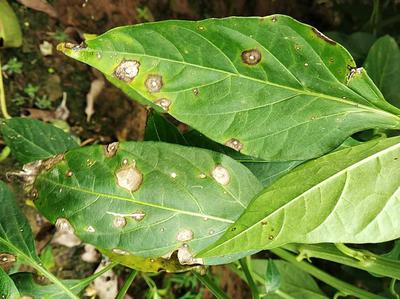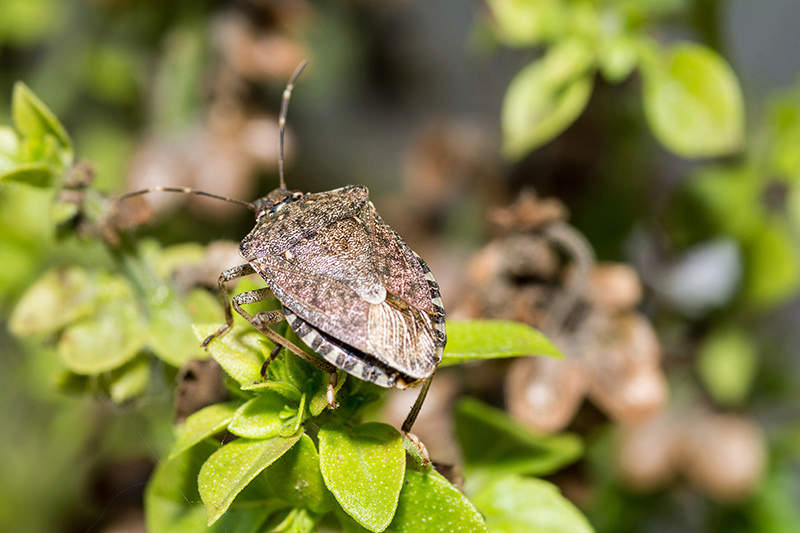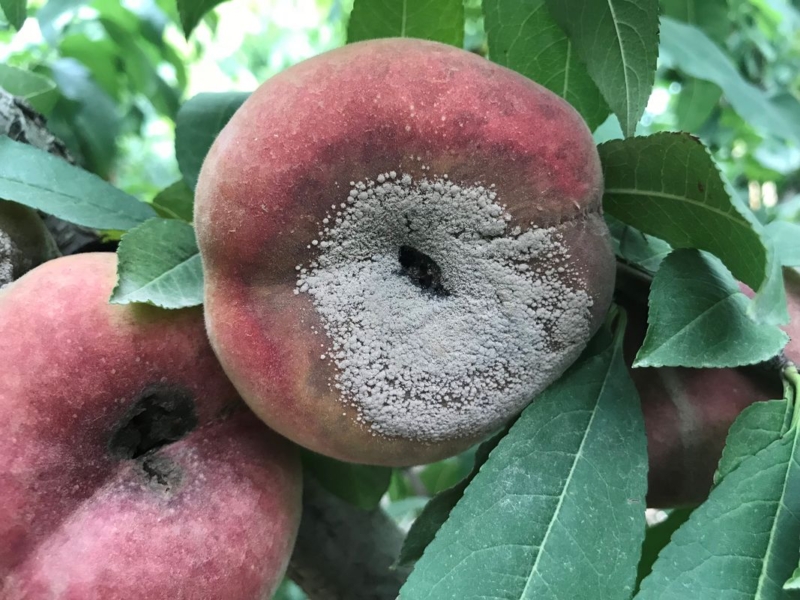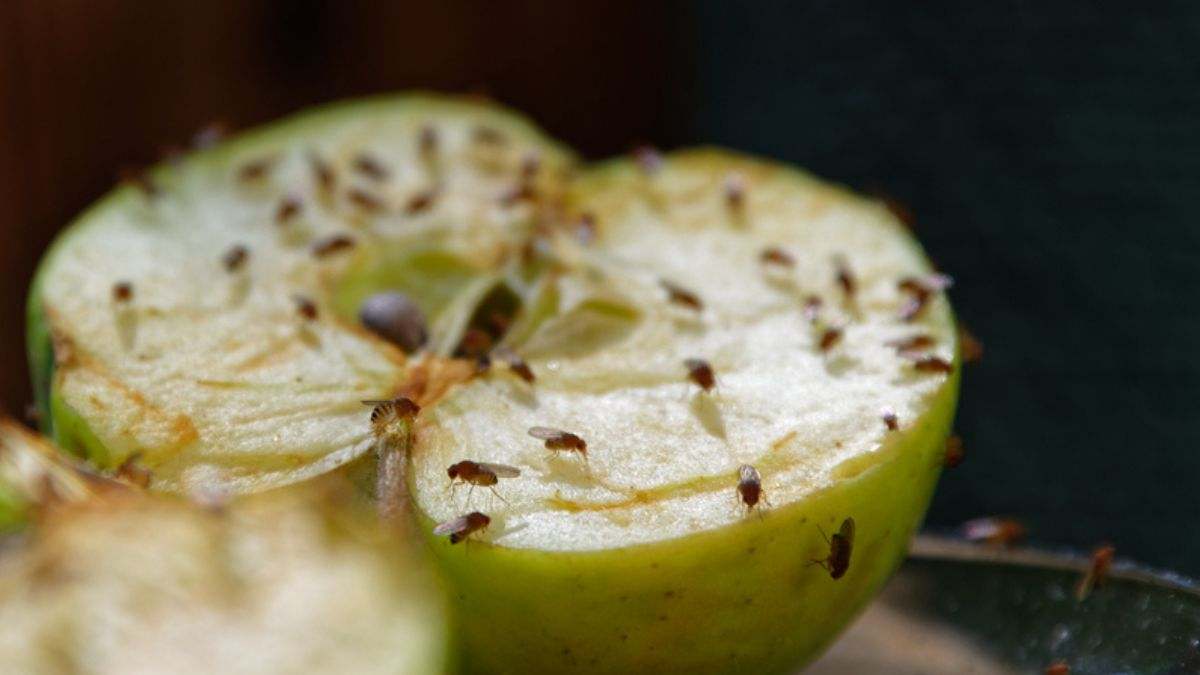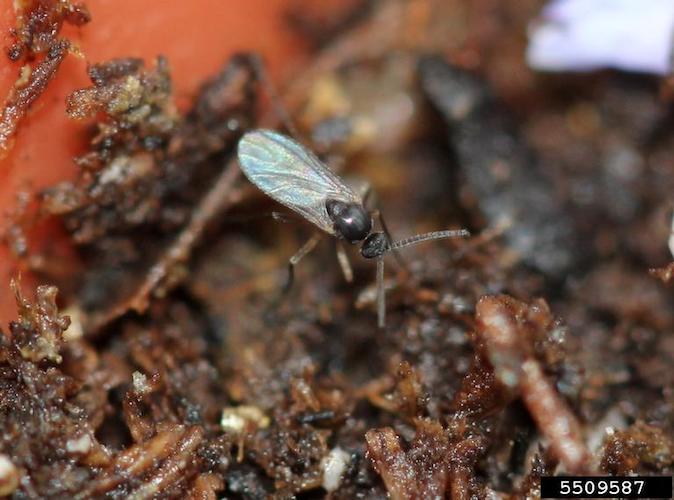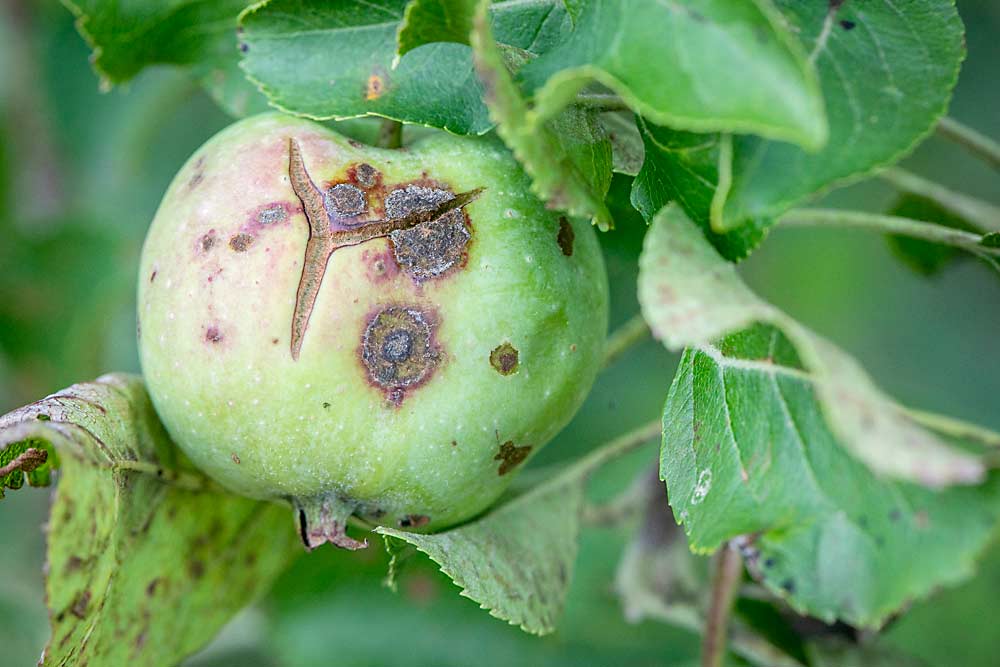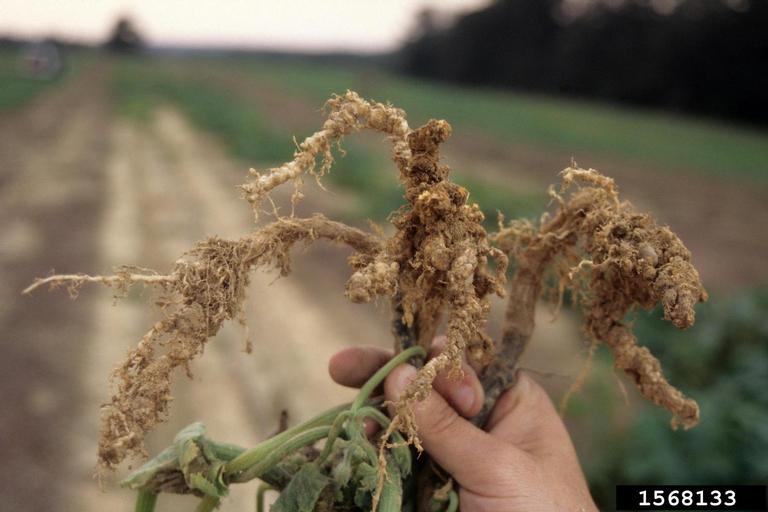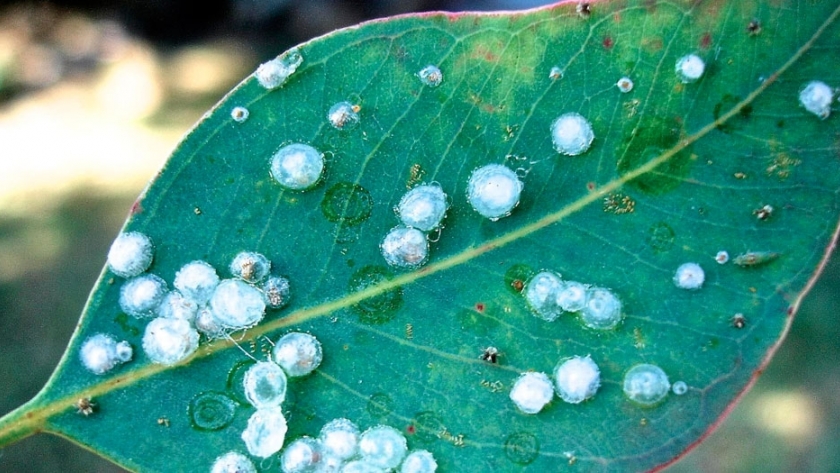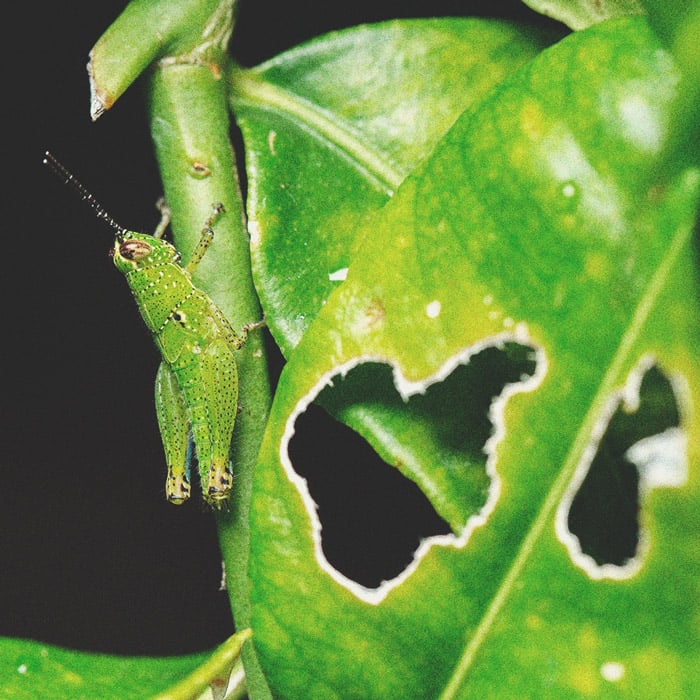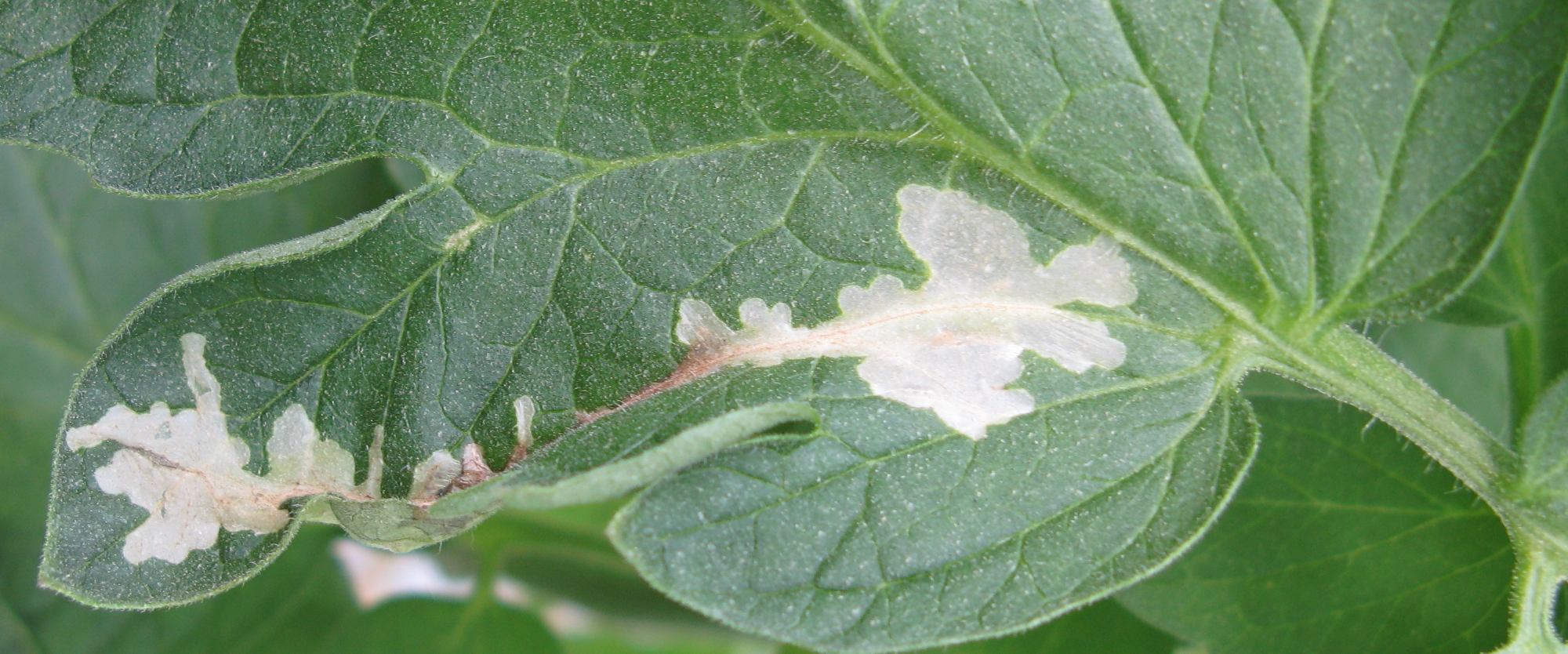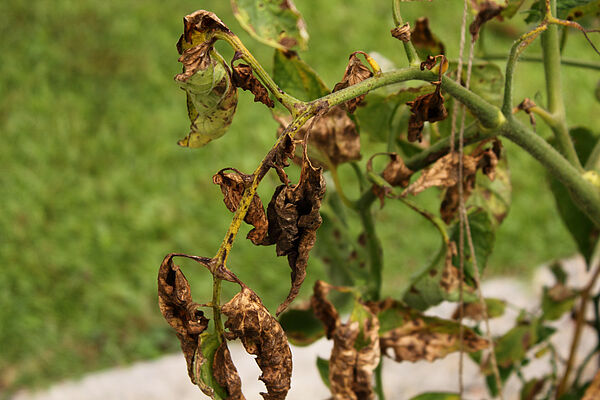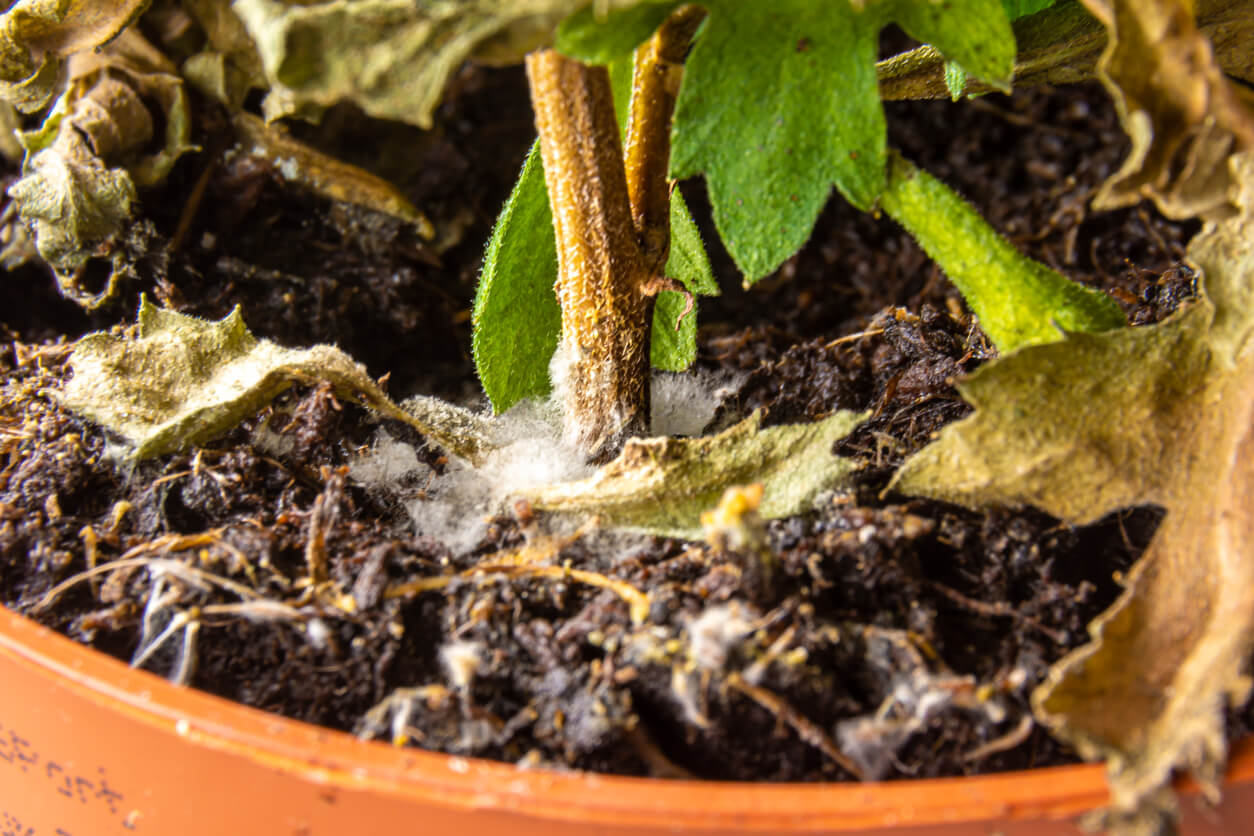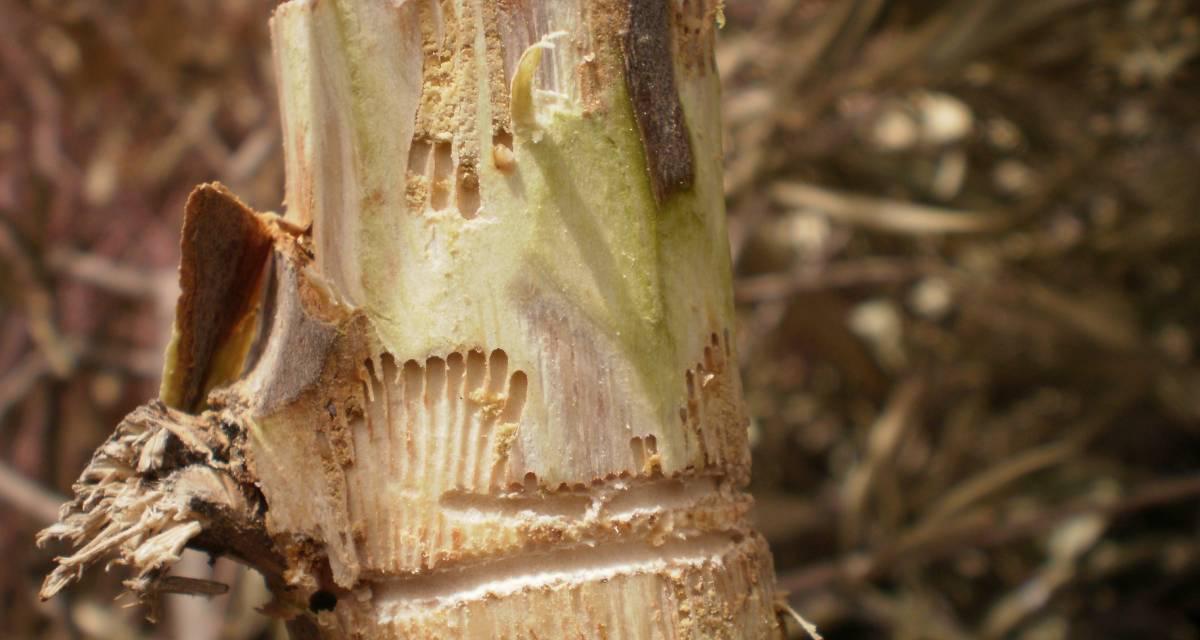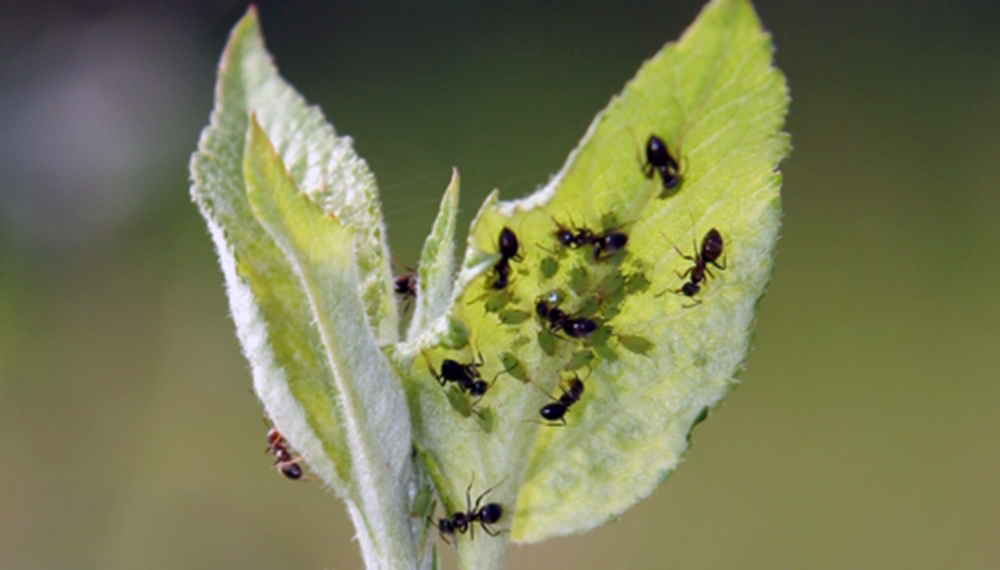
Mildew
WHAT IT IS AND HOW TO ELIMINATE
Vid de mesa
Mildew
Plasmopara Viticola
Pathogen:
Oomycete
Type:
Risk to the plant:
HIGH
Mildiu

WHO CAUSES IT?
Plasmopara viticola is a fungal pathogen that causes the disease known as downy mildew on grapevines. This microorganism belongs to the group of oomycetes and is responsible for significant damage to vineyards around the world. The presence of Plasmopara viticola can be devastating for the production of grapes intended for winemaking or fresh consumption, affecting both the quality and quantity of the harvest.
SYMPTOMS
On the vine, downy mildew causes oily, wet Taches to appear on the leaves, shoots and clusters, which subsequently turn dark brown. These lesions can spread rapidly through the plant, causing premature defoliation and weakening the structure of the vine. Additionally, downy mildew can negatively affect fruit development, reducing their size and quality.
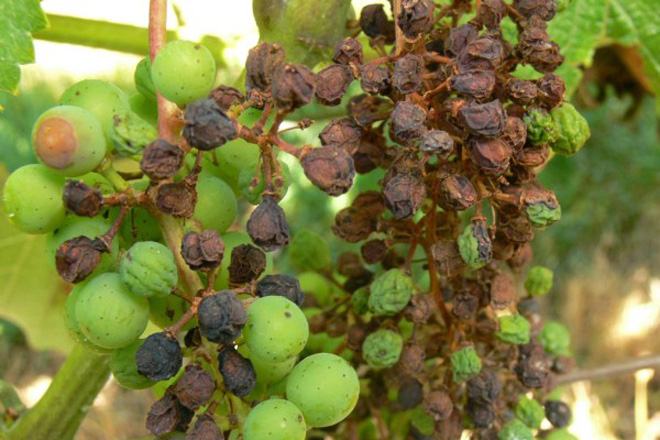
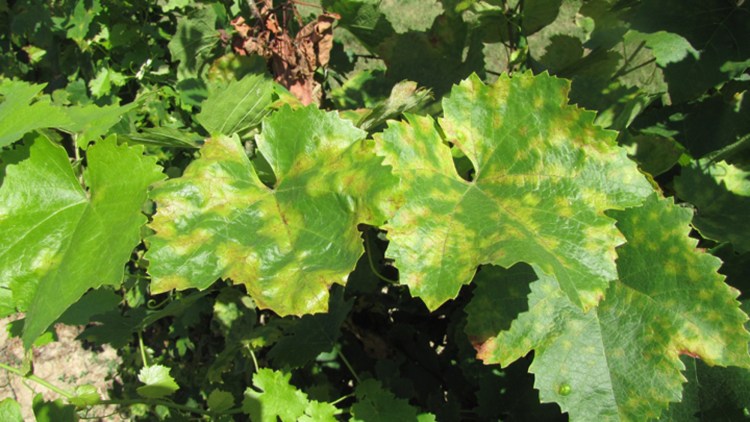
DEVELOPMENT CONDITIONS
Temperature:
15°C - 25°C
Humidity:
80% - 100%
HOW IS IT SPREAD?
Rain, wind, direct contact with infected plants.
HOW TO ELIMINATE IT?
Home treatments
Natural allies
There are no natural allies
Chemical treatments
RECOMMENDED PRODUCTS TO ELIMINATE THE PEST
REPELLENT PLANTS
-
RECOMMENDATIONS
- Avoid wetting the leaves when watering, do it directly to the soil or substrate
- Avoid flooding since water is the main route of transmission of this pathogen
- Leave enough space between plants for air to circulate
- Check your plants frequently, especially after rain or high humidity
- Remove and discard diseased leaves to prevent further spread
- Use natural fungicides such as horsetail extract or baking soda if the problem is mild.
- If the problem persists, look for a specific fungicide for downy mildew and follow the instructions for use





